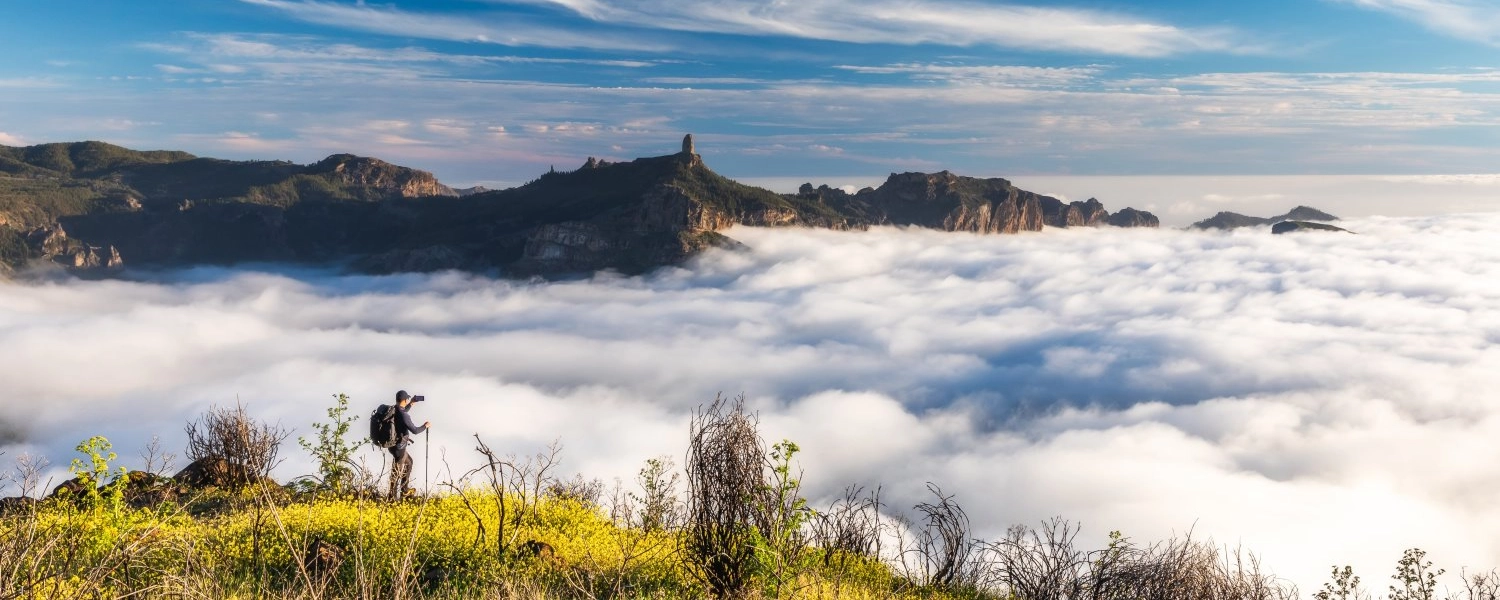- Details
- Written by: Mike Walker
The ‘Peaks of Europe’ is quite a grandiose title to apply to what is a relatively modest mountain range, but it’s not a case of the wild limestone massifs of the Picos de Europa bigging themselves up – the name relates to the fact that in days gone by the shadowy blue-green peaks would be the first sighting of Europe for sailors heading from the west across the wild waters of the Atlantic.
And to be fair, the ‘Picos’ are not that modest in size – they do in fact make up the biggest limestone mountain range in Europe as well as being the only maritime range on the continent.

Being limestone, the Picos are subject to intense erosion by rainwater, producing a dramatic karst landscape of towering mountains, dark, cold caves and caverns and sun-blasted limestone pavements. The highest peaks such as Torres del Lambrion (2642m), which has a small but permanent snowfield, and the spectacular spike of Naranjo del Bulnes (2519m) were not climbed until the late 19th century, and development, both commercial and recreational, has been far less marked than that in ranges such as the Alps and the Pyrenees.
Most visitors to Fuenté Dé simply ride up into the mountains in the cable car, wander a couple of hundred metres and then, afeared of abominable snowmen, werewolves, altitude sickness and getting too far from a source of beer they scurry back to the cable car station and the inevitable noisy fug of humanity.
But it has to be said that the cable car’s top station is an excellent starting point for hikers and climbers who want to get a step up in exploring the ‘real’ mountains.
I used this as a means of relatively easy access to the pointy summit of Picos de Santa Ana (2595m). On its north and south flanks the summit plummets several hundred metres to crumbling scree slopes, and even the less vertiginous west and east slopes require a little scrambling to make the summit, but to sit up here alone, admiring the alpine views and watching distant walkers scrabbling around like ants on neighbouring peaks was certainly worth scuffing the toes of my boots for.
 Purists will argue, of course, that accessing the peaks via a cable car is simply not on, so I determined to do things the ‘right way’ the next day and walk all the way into the mountains. I set off just after sun up to tackle the 29 relentlessly steep and rubbly switchbacks of the Canal de Embudo which eventually give access to the huge Vega de Liordes, the largest high alpine meadows in the entire Picos.
Purists will argue, of course, that accessing the peaks via a cable car is simply not on, so I determined to do things the ‘right way’ the next day and walk all the way into the mountains. I set off just after sun up to tackle the 29 relentlessly steep and rubbly switchbacks of the Canal de Embudo which eventually give access to the huge Vega de Liordes, the largest high alpine meadows in the entire Picos. This track and many others in the Picos were developed by miners in the mid-1800s, working the mountains’ lead and zinc deposits; as I toiled my way upwards for more than 1,000 feet, I marvelled at the engineering skills that had been required to build any kind of access up this steep and rocky slope.
From the top of the switchbacks the views are sensational, but they became even better once I’d ambled along the Vega de Liordes and taken on another stiff climb to a high mountain col where I took my lunch with just a couple of chamois for company.
Range after range of blue ridged mountains faded away to the south, and after half an hour of enjoying this panorama alone I set off on the long and dusty return to Fuenté Dé. Other than occasional mountain bikers clattering past on the old mining tracks I saw fewer than a dozen people all day.
Other days saw me wander the sun-baked limestone peaks equally alone save for vultures soaring overhead and a chance encounter with chamois and mountain goats from time to time. It was hard to keep hydrated with the combination of exercise, heat and altitude so the return to my campervan and a cold beer was always welcome, as was the chance to sit outside and dine as pink-tinged clouds rolled around the summits before an orange moon rose above these lovely yet savage peaks.
I would have liked to have stayed longer and discovered more, but a return ferry from Santander beckoned. However, having since learned that the Picos offer excellent ski touring in the winter, I may just venture back across the Bay of Biscay in the colder months for a little more exploring.
Essential information
Picos de Europa by Robin Walker (Cicerone, £12.95) is indispensable for both walkers and climbers. The 1:25000 Picos de Europa Micozos Central y Oriental is the best map of the region, although not especially detailed by OS standards.I travelled from Plymouth – Roscoff and Santander – Plymouth with Brittany Ferries (www.brittanyferries.co.uk); a great way to do a round trip of France and Spain.

